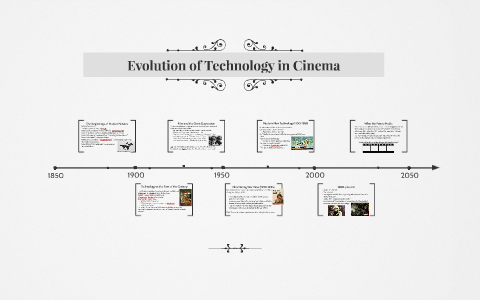How "Original Short Film" Creatively Used AI to Win Cinequest | No ...
AI has been a hot topic in the world of filmmaking, with concerns rising about the impact of new tools on traditional roles. Simon Ball took a unique approach by diving into a deep research phase to explore the possibilities of AI and how it could be utilized to create an intriguing film.
Exploring AI Tools
During the process, certain rules were set in place to ensure the production company's independence from external infrastructure. This stability allowed for a more creative approach to working with AI. By installing Stable Diffusion and experimenting with different settings, Simon was able to generate infinite images, albeit still ones.
However, the limitations of AI software became apparent when it came to creating dynamic and engaging footage. Traditional text-to-video generators offered limited control and quality, prompting Simon to explore other functionalities within the software.
Creating the "Original Short Film"
By delving deeper into the software, Simon discovered the img-to-img section, which opened up new possibilities for transforming footage into unique animations. Through trial and error, he found a way to stabilize the animations and prompt the AI to generate visually captivating content.

After extensive experimentation, "Original Short Film" was created and premiered at a film festival organized by Simon and his team. Despite facing some initial rejections due to visual overload, the film went on to win awards at prestigious festivals, including Cinequest.
Embracing AI in Filmmaking
Simon's journey with AI has not only resulted in groundbreaking projects but has also paved the way for new creative avenues in filmmaking. By collaborating with AI and pushing the boundaries of traditional filmmaking techniques, he has been able to breathe new life into his projects and captivate audiences in innovative ways.

Through his experiences, Simon emphasizes the importance of adaptation and creativity in leveraging AI tools to enhance storytelling and create unique cinematic experiences.
Exploring the History of Film Cameras
While AI continues to revolutionize the filmmaking process, it's essential to reflect on the roots of cinematic innovation. The invention of the movie camera marked a significant milestone in human history, laying the foundation for modern filmmaking techniques.
The journey of the film camera can be traced back to the early 1800s in France, where inventors like Joseph Nicéphore Niépce and Louis-Jacques-Mandé Daguerre pioneered early photographic techniques. These inventors played a crucial role in shaping the evolution of photography and laid the groundwork for future advancements in visual storytelling.
The Evolution of Film Technology
From the first surviving photograph to the development of consumer cameras, each milestone in film technology has contributed to the rich tapestry of cinematic history. Innovators like Thomas Edison and Étienne-Jules Marey pushed the boundaries of visual expression, setting the stage for the modern film industry we know today.

As we continue to embrace AI and cutting-edge technologies in filmmaking, it's essential to appreciate the legacy of those who paved the way for innovation in the art of storytelling through film.
By combining creativity, technology, and a deep appreciation for cinematic history, filmmakers like Simon Ball are shaping the future of storytelling and pushing the boundaries of what is possible in the world of filmmaking.




















